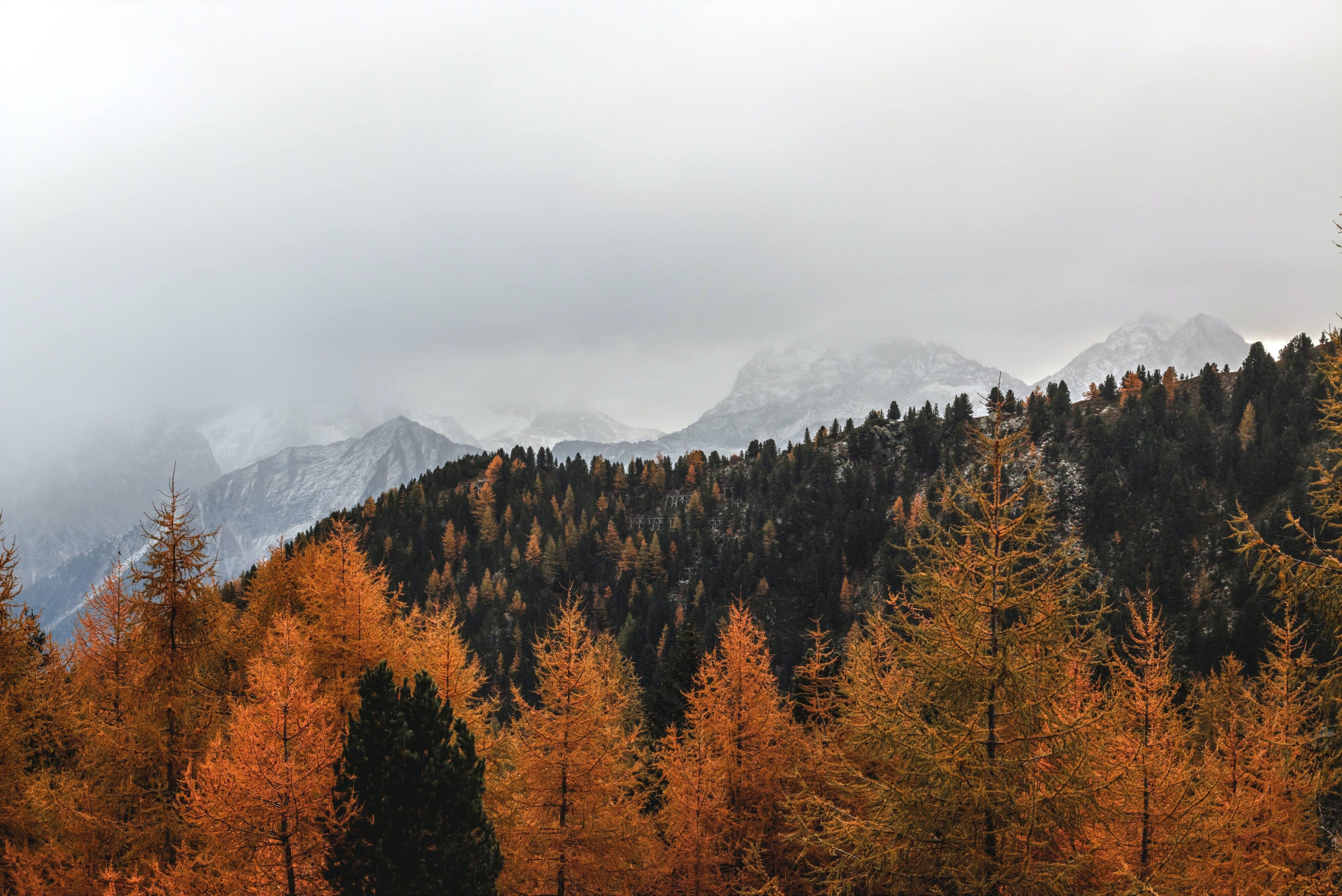Printing has changed a lot over the years. When we first started doing print work in the early 2000s, we had print reps and paper reps on speed dial (we also had speed dial) and used to spend a lot of time on press checks. Whether you go with a digital print option or a larger offset press option, we can help you throughout the process.
Starting a Print Job
With a lot of projects that we do, we can freely design anything we want. With print work, we need concrete specifications before we get started, so we aren’t redoing files or designs to fit the print process. These are some of the things we need to know:
Dimensions
We have to start with the size of the print job so we can set up our files correctly. We can work with you to figure this out if you don’t know. Some print jobs are economical because you can fit several pieces on one page (this is called ganging or gang up), and some get really expensive because of the waste.
Number of Prints
The number of printed items will severely impact what kind of printing you can do. If you have a smaller run (thousands or less), you will be stuck with digital printing. It’s come a long way, and you can even do some spot varnish and foils in digital prints. If the number is larger and you are going to have this printed on an offset press our options for colors and ink specifications change dramatically.
Understanding Files & Terms
We’ll make sure we have this right for you, but it’s always good to understand a few basic terms.
- Bleed – if you have color that extends to the side of the page it has to be printed beyond the size of the page. This is called the bleed. This has to be set up in the file when it’s originally laid out or it’s an expensive redo later.
- Trim – the trim line is where the job will be cut down.
- CMYK – This stands for the four colors that are printed to create all the other colors you see — cyan, magenta, yellow, and black. Black gets a K so you don’t confuse it with blue, which is the color of cyan.
Press Checks
Our director once walked off a plane in Chicago, into a print shop, and from the other side of the shop said, “That orange is wrong.” Press checks used to be a big deal in the world of printing—so much so that we’d have to get on a plane and fly to a press check to make sure that the layouts and colors all came together. On this particular job, the orange was mixed with CMYK and was supposed to be a Pantone orange. To get a fluorescent orange, you have to use special ink. The printer should have known this but tried to cut a corner. This is why we were there on a press check.
If you go on a press check make sure you go through the colors and layouts—but in this day and age we often don’t do press checks or we have the press rep help out. It all depends on the size of the project.
Shipping & Storage
Remember that after you run a print job you end up with a bunch of paper and ink. You will need to also arrange for shipping and have a place to store everything. We’ve seen clients be delivered a palette of brochures to then ask, “now what”?
Many print jobs look just as good as a digital version and we often include both the print files and a PDF as the final deliverable. Print—be that brochures and annual reports or product packaging—can set you apart in the digital world. Make sure you work with a firm that understands how to get print jobs out and work closely with your print reps to get the best outcomes.
Do you want to work with us on a print project? Let’s talk.
